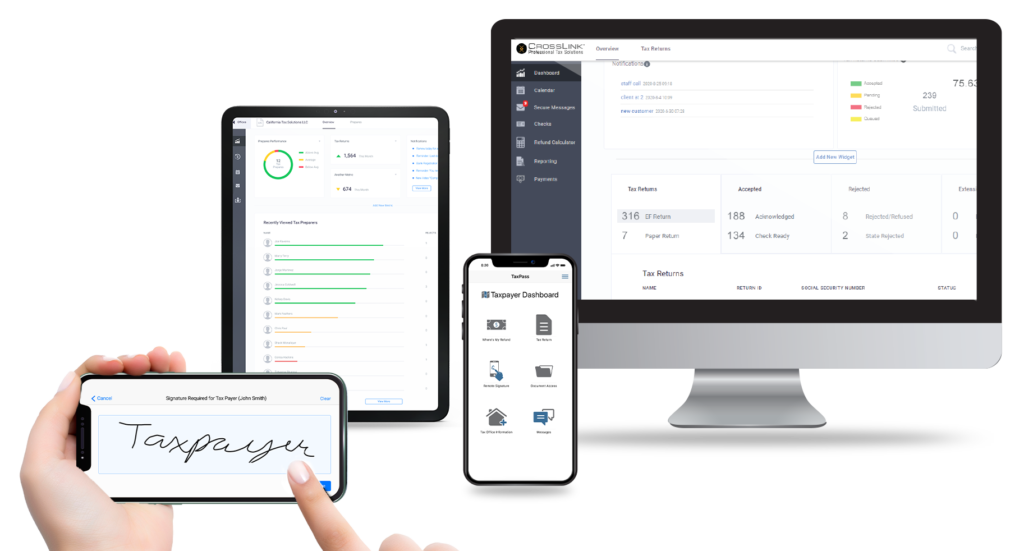2023 Employee Retention Credit
Over the past few months, you may have seen information in the media about the Employee Retention Credit and the most recent news that the IRS has stopped processing any new claims for this credit due to the high incidence of questionable claims being submitted to the IRS.
Here are some of the facts about what the credit is, who is eligible to claim it, how the credit is claimed by an eligible employer and why the IRS has stopped processing claims for this credit.
What is the Employee Retention Credit?
The Employee Retention Credit is a refundable payroll tax credit that a business or tax-exempt organization that continued to pay their employees during the COVID-19 pandemic and were either shut down due to a government order or when they had a significant decline in income during certain periods of time during 2020 and 2021. The credit requirements and calculation are different depending on the time period for which the business is claiming the credit.
This credit was enacted to help businesses during the pandemic. Even though it was targeted for 2020 and 2021, eligible businesses have until April 15, 2024 for 2020 tax periods or April 15, 2025 for 2021 tax periods to claim the credit.

Who Is Eligible to Claim the Employee Retention Credit?
Eligibility for the credit depends on the business’s specific facts and circumstances as well as the specific eligibility requirements.
To be eligible an employer must have had one of the following occur:
- Sustained a full or partial suspension of operations due to an order from an appropriate governmental authority that limited commerce, travel or group meetings because of COVID-19 during 2020 and the first three quarters of 2021
- Experienced a significant decline in gross receipts during 2020 or the first three quarters during 2021
- Qualified as a startup business for the third or fourth quarters of 2021
Self-employed individuals who had employees and meet one of the requirements above to be an eligible employer may be eligible for the Employee Retention Credit based on the qualified wages they paid to their employees.
Qualified wages are defined as wages that are subject to Social Security and Medicare taxes as well as certain health care expenses that an employer paid for their employees.
There are also other criteria that an employer must meet such as a decline in gross receipts test in order to qualify for this credit.
See the Employee Retention Credit – 2020 vs. 2021 Comparison Chart on the IRS website for more information and for a full list of the other criteria an employer must meet to qualify for this credit in 2020 and/or 2021.
How Is the Employee Retention Credit Calculated?
For tax periods in 2020 the credit is calculated as 50% of the first $10,000 of qualifying wages paid to an employee for the year.
For tax periods in 2021 the credit is calculated as 70% of qualified wages paid to an employee. The maximum amount of qualified wages that is eligible for the credit is $10,000 per quarter for each employee for the first three quarters of 2021.
See the Employee Retention Credit – 2020 vs. 2021 Comparison Chart on the IRS website for more information on how this credit is calculated.
How Does an Eligible Employer Claim the Employee Retention Credit?
An eligible employer can claim the Employee Retention Credit on an original or amended employment tax return for qualified wages paid between March 13, 2020 and December 31, 2021.
For employers that may be eligible for this credit and did not claim it during 2020 and/or 2021 any claim for the credit should be filed using Form 941-X to claim the credit for prior 2020 or 2021 quarters. For more information see the instructions for Form 941-X.
IRS Moratorium on Processing New Employee Retention Credit Claims
Due to the large number of questionable claims the IRS has been receiving for the Employee Retention credit the IRS imposed a moratorium on processing new claims as of September 14, 2023 for the remainder of 2023. This will allow the IRS to add more safeguards to prevent future abuse and protect businesses from the predatory practices of unscrupulous actors that have been aggressively marketing schemes aimed at employers who are either not eligible for the credit or stating they are eligible for a larger credit then they are eligible for.
The IRS has emphasized that if a business improperly claims and receives the credit, they will be required to pay it back.
Signs that Point to a Potential Scammer Promoting the Employee Retention Credit
Here are some warning signs that businesses should be wary of involving the marketing of the Employee Retention Credit (ERC):
- Unsolicited calls or advertisements mentioning an “easy application process”.
- Statements that the promoter or company can determine the ERC within minutes.
- Large upfront fees to claim the credit.
- Fees based on a percentage of the refund amount of the ERC claimed.
- Preparers refusing to sign the ERC return being filed by the business.
- Aggressive claims from the promoter that the business receiving the solicitation qualifies for credit before any discussion of the business’s tax situation. The ERC is a complex credit that requires careful review before applying for it.
- Claims that the business should submit a claim because there is nothing to lose.
Additional Resources for the Employee Retention Credit
See the following on the IRS website for details on the credit itself and how businesses can protect themselves from scammers:
- Employee Retention Credit page
- Employee Retention Credit Eligibility Checklist page
- Employee Retention Credit Frequently Asked Questions
- Employee Retention Credit 2020 vs. 2021 Comparison Chart
- IRS News Release IR-2023-169 – IRS Announcement of Moratorium on Employee Retention Claims
- IRS News Release IR-2023-135 – IRS Commissioner signals new phase of Employee Retention Credit work

CrossLink Professional Tax Solutions
CrossLink is the industry’s leading professional tax software solution for high-volume tax businesses. Built based on the needs of busy tax offices and mobile tax preparers that specialize in providing their taxpayer clients with fast and accurate tax returns, CrossLink has been a trusted software solution since 1989. CrossLink’s in-depth tax calculations, advanced technological features, and paperless solutions allow you to prepare the most complicated tax returns with confidence and ease while providing your customers with an unparalleled experience.







